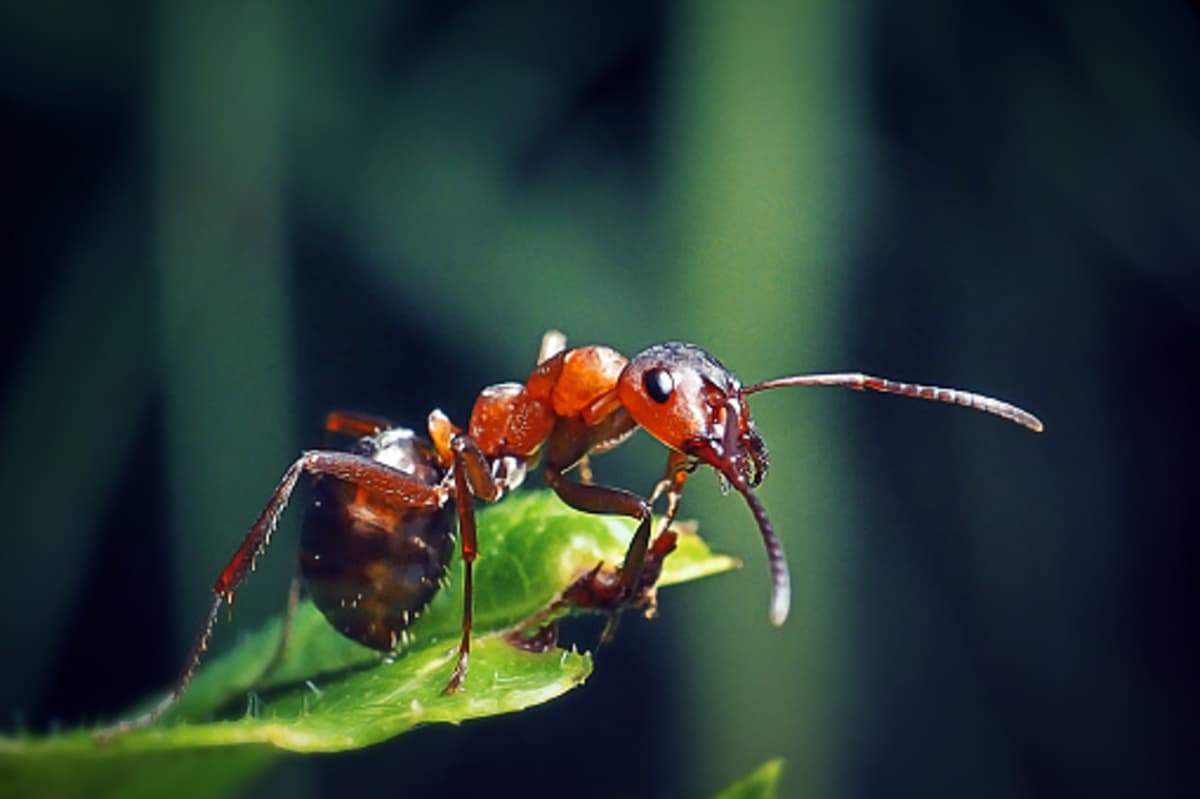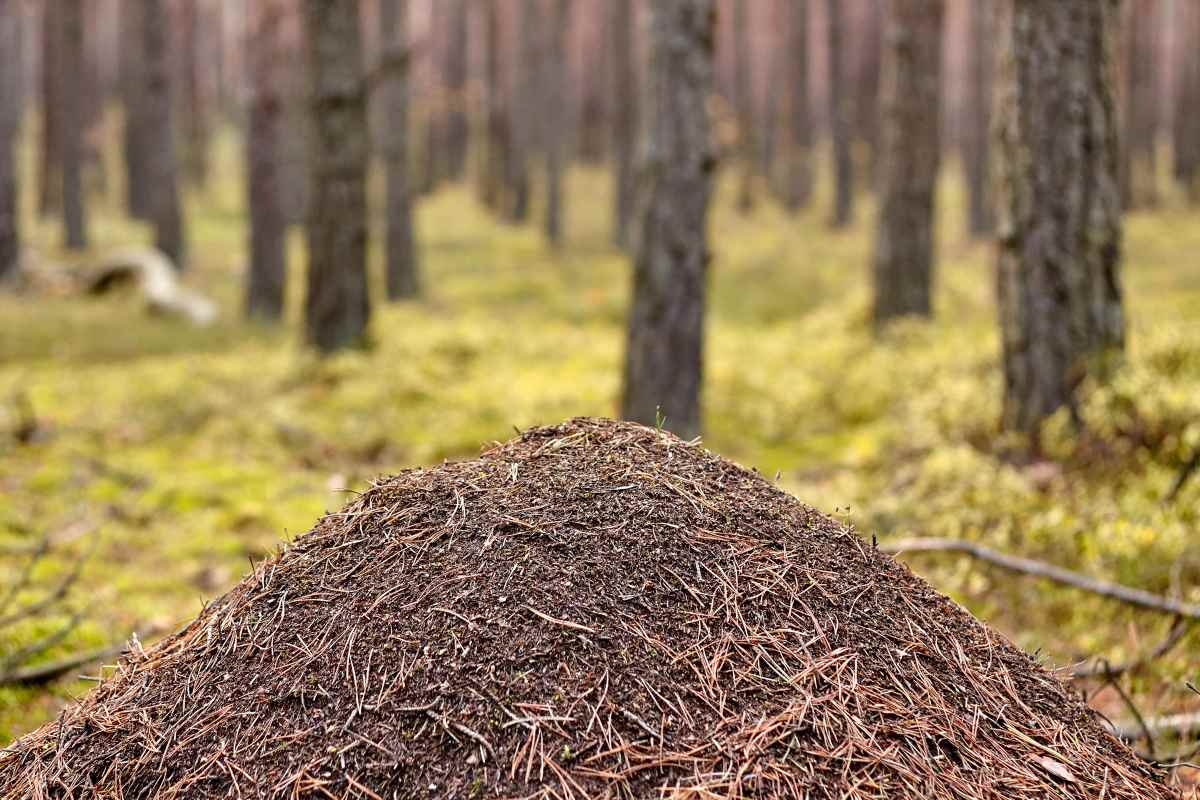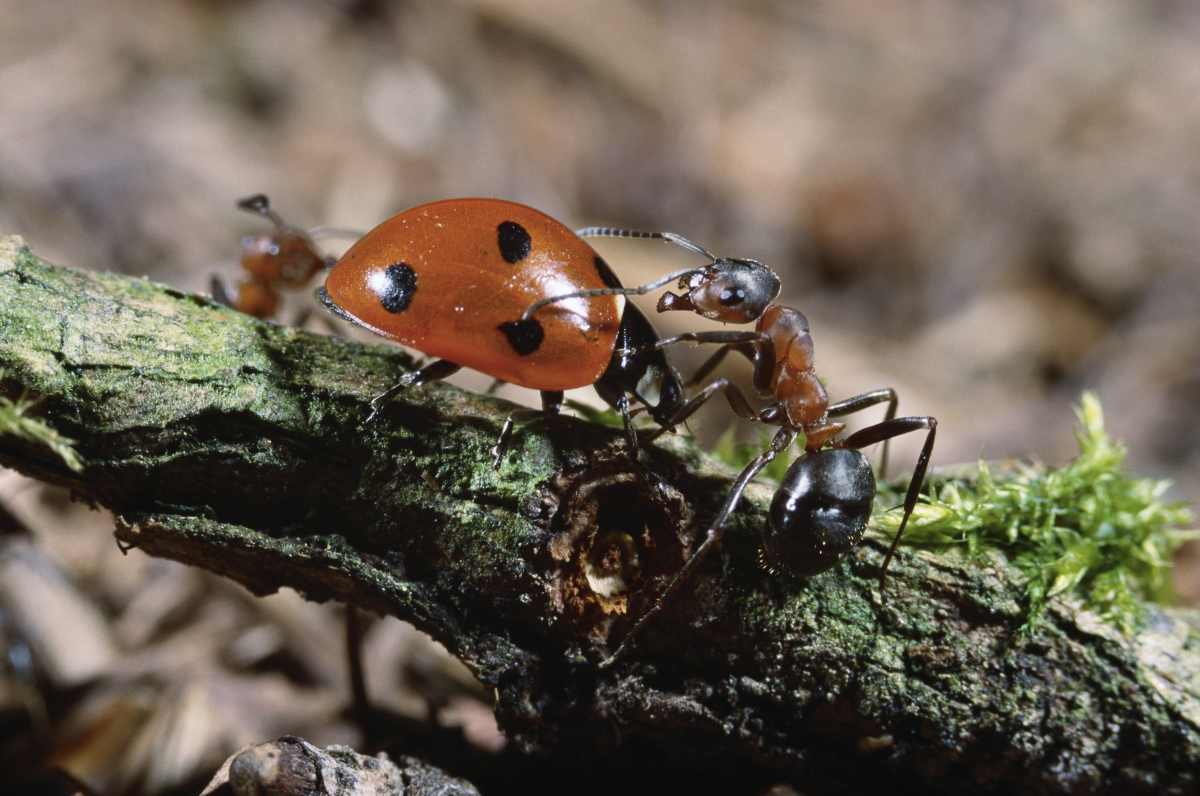Experts Introduce Hairy Ants Into Forests in an Experiment to Bring Back Lost Wildlife Species

Nature is interconnected. From the tallest of mountains to the tiniest of insects, every component of nature is tied in an invisible link that ensures the survival of the planet. As is known, forests foster complex communities among a diverse range of species, including insects, microorganisms, and animals. Ants are ecologically important for more reasons than one. Researchers at Forestry England have taken a step forward to leverage the benefits of hairy wood ant colonies to revive a jungle’s lost ecosystem, per BBC.

Hairy wood ant nests save the day

Forestry England, an executive agency sponsored by the Forestry Commission, has relocated six colonies of hairy wood ants from Cropton Forest in North Yorkshire to Ennerdale in Cumbria. This is a part of an experiment wherein the researchers hope to make woodland forests more resilient with the reintroduction of ant nests that will help “rebuild complex forest communities,” said Rachel Gardner of Forestry England. They specifically chose hairy wood ant nests because of their mounds that go as high as 6.5 feet (2 meters) in height, becoming ideal habitats for several other species of insects. These include beetles, hoverflies, mites, woodlice, and more. Gardner decided to execute the project in the Lake District to help the forests better deal with climate change and diseases.
"[Hairy wood ants] can reduce plant damage by keeping herbivorous pests away," a spokesperson said. Interestingly, the organization is already in the second phase of the project, having transported the ant mounds across forests and ensured they were “unaffected by the journey.” The researchers are now looking forward to the next milestone in April 2026, when the ants will emerge from their winter hibernation, noted Hayley Dauben, the species reintroduction officer and project leader. Following the experiment, Forestry England will collaborate with the University of York to support a PhD on the subject. WoodlandsTV shared a video on wood ants and how they benefit the woodland ecosystem.
The ecological importance of ants

Ants are everywhere. Some humans hate to see these pesky insects in their homes, barely realizing their contributions to the ecosystem. The busy insects are by far the leading predators of other insects and help keep pest populations in check, according the Iowa State University. If not, you would probably be worrying about a more creepy insect taking over your space than simple ants. The world has a fair idea of the significance of earthworms in gardening, farming, and soil health. However, ants move about the same amount of soil as earthworms, and maintain a good soil ecosystem alongside the ‘farmer’s best friend.’

Like vultures, ants are the tiny scavengers that remove dead insect carcasses, aid in the decomposition of plant and animal matter, and keep the ecosystem clean. Nutrients are recycled with their minuscule but consistent movement, in addition to aiding in pollination. Moreover, they have great similarities to human beings. They live in societies, take care of their young, and provide for the reproductive royalty in their nests.
More on GreenMatters
These Plants Have Come Up With a Peacekeeping Tactic To Prevent Violent Ant Fights
A 'Lazy Sloth' Robot Hanging on Forest Trees is Quietly Protecting Our Planet: 'Slow is Better'
Gardeners Work to Protect ‘Rainforest Gardens’ Made to Be Noah’s Ark for Endangered Plants